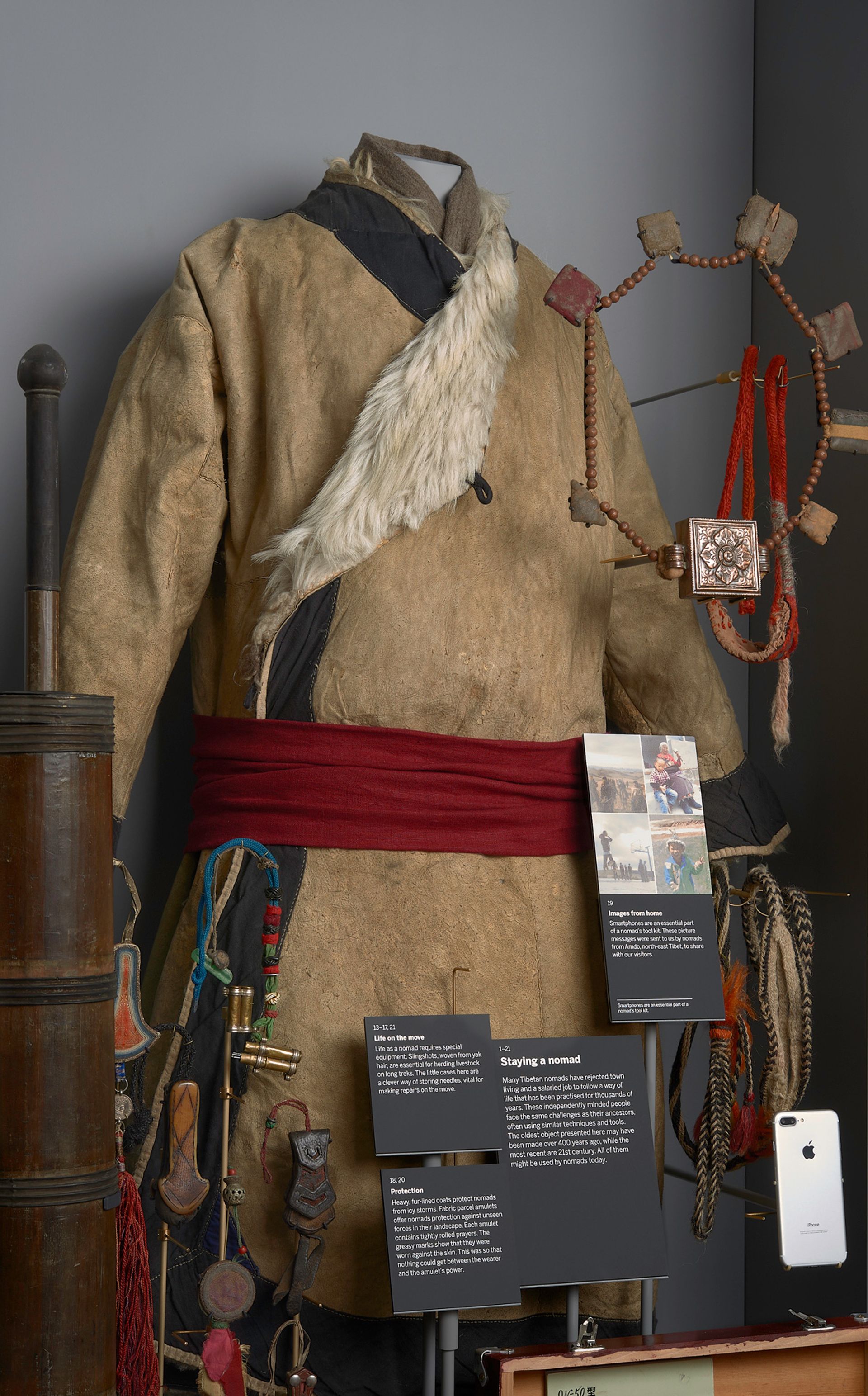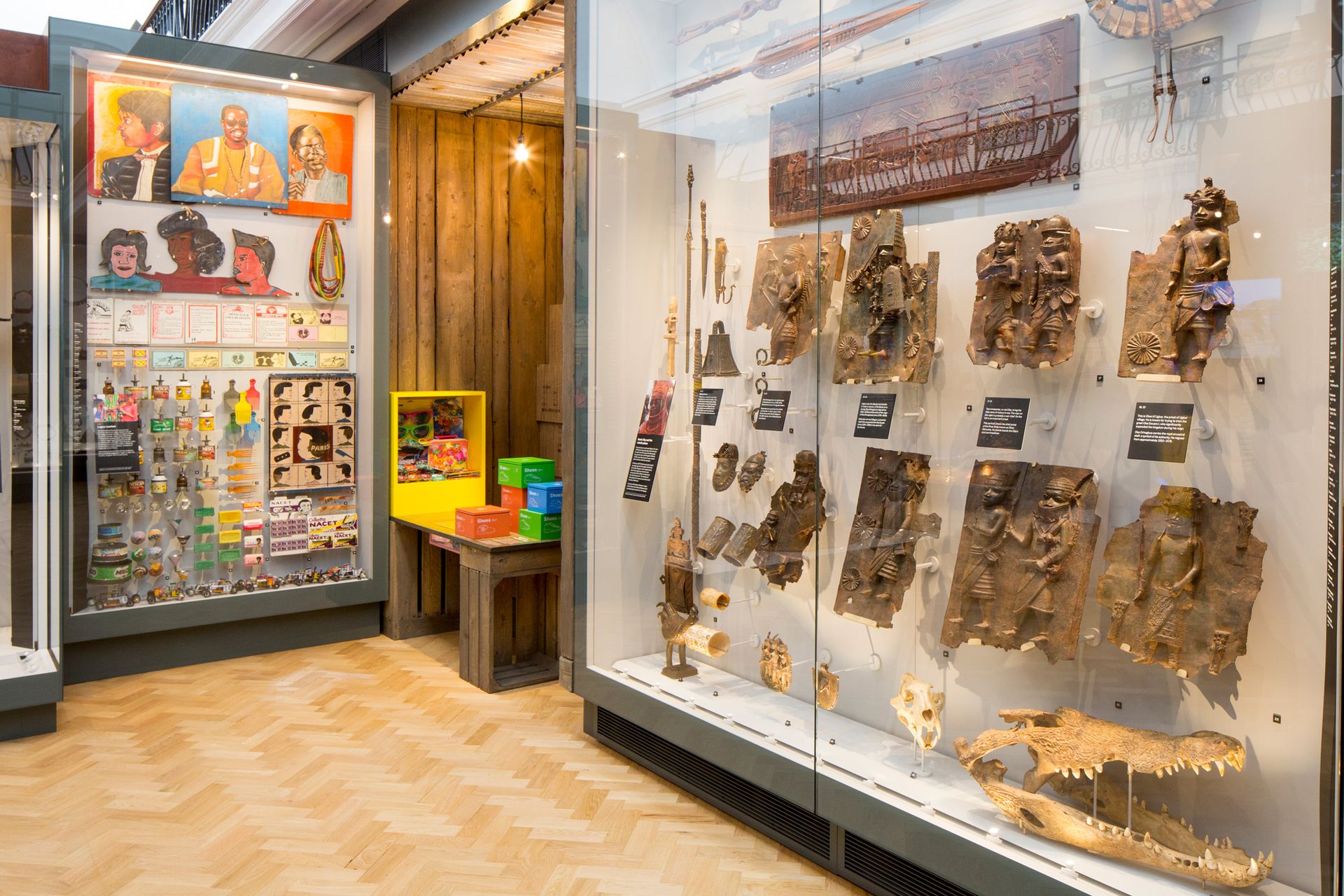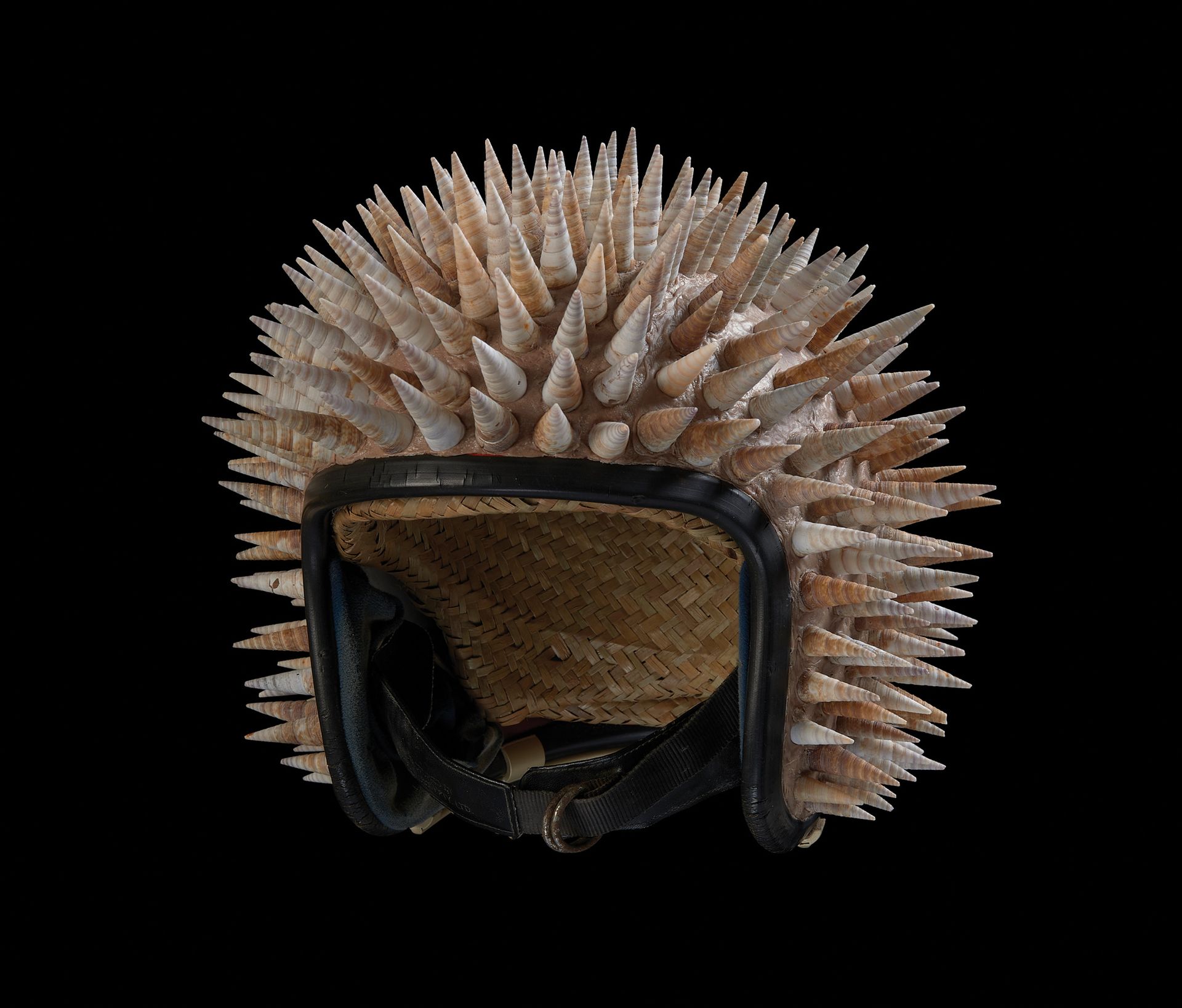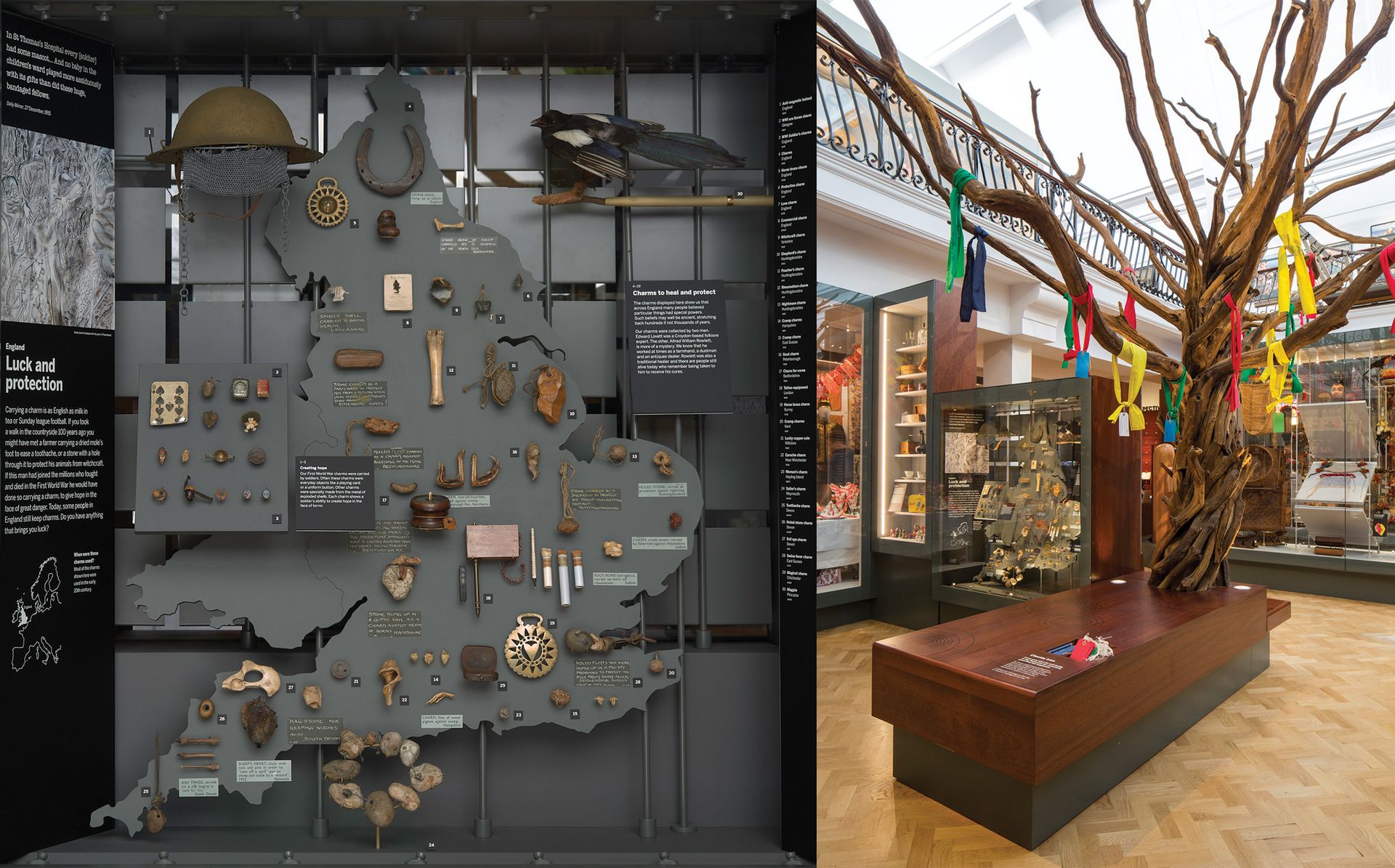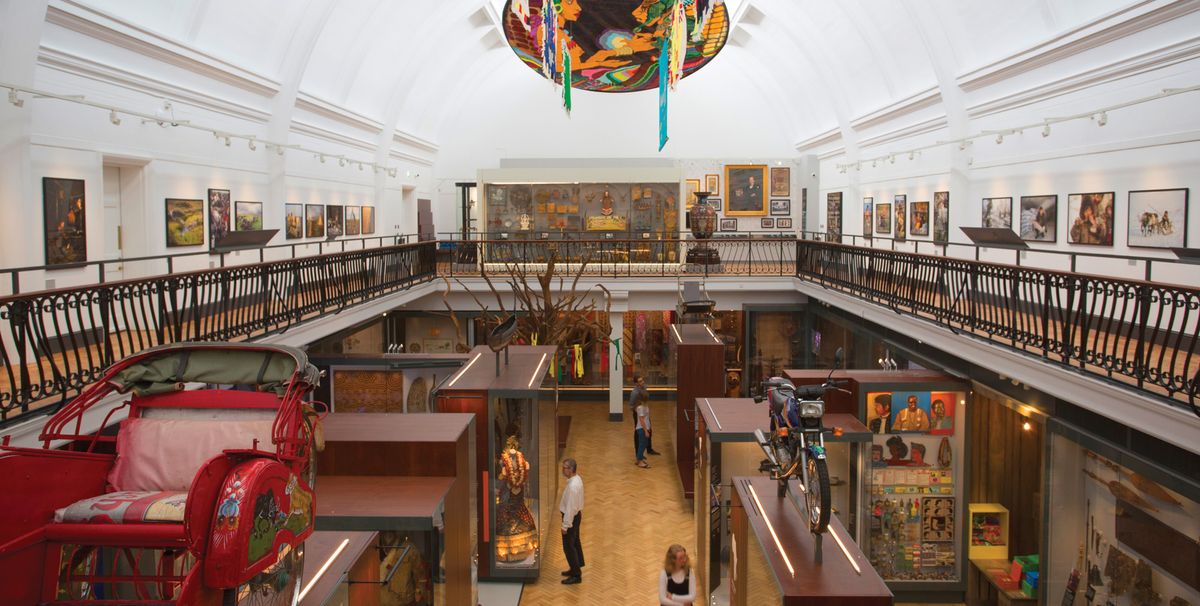The Horniman Museum and Gardens manages to be both well loved—especially by loyal locals in its south London district of Forest Hill—and totally unknown to “huge swathes” of Londoners, says its newly appointed chief executive, Nick Merriman. The former director of the Manchester Museum joined the Horniman in May and is already on a mission to widen its audience in tune with the “super-diversity” of a city of 270 nationalities and 300 languages. “I want the Horniman to be the most culturally democratic museum in London,” he says.
In the 20 years that his predecessor, Janet Vitmayer, was in charge, visitor numbers to the museum and gardens soared from 200,000 to more than 900,000. “The numbers are fantastic, but the demographics have narrowed,” Merriman says. In gentrifying Forest Hill, “the big growth has been in fairly middle-class, museums-confident visitors”. The Horniman now has the 1 million mark in its sights for 2023, but only 18% of its current audience is BAME (black, Asian and minority ethnic). Merriman’s ambition is to shift that to 40% within the next decade, reflecting the population of greater London overall.
He hopes the museum’s eclectic collections—spanning anthropology, natural history and musical instruments, plus living specimens in the aquarium and butterfly house—will be a natural draw. The Horniman has been the only “undivided museum” of nature and culture in London since the British Museum’s natural history material was moved to South Kensington to become the Natural History Museum in the 1880s, Merriman says. As a result, the Horniman “can deal with the whole world and, in relation to that, important contemporary issues”, he says, such as promoting tolerance between different cultures “in increasingly intolerant times” and taking a stand on climate change.
This progressive agenda is already embodied in the free-entry museum’s new World Gallery, which opens to the public today (29 June) with more than 3,000 objects drawn from the 80,000-strong anthropology collection. The dense displays, which are shaped around the world’s five inhabited continents, have taken £4.7m and five years to realise, including fieldwork, conservation, contemporary art commissions and more than 200 consultations with groups from the communities that are represented. Merriman says: “The Horniman curators have always been very rooted in the community, whether it’s a community in Venezuela or in Lewisham [the London borough where the museum is located].”
An upper gallery traces the origins of that philosophy back to the museum’s globetrotting founder, Frederick Horniman, a Victorian tea trader and voracious collector. To “bring the world to Forest Hill”, he threw open his family home to visitors, before building the museum in his name in 1901. Far from a treasure seeker, Horniman was “interested in equality and generosity, and not at all in flashy things”, Merriman says. His anthropology collection was, from the start, “about curiosity, difference and diversity”.
Here, Merriman reveals some of the human stories behind the objects now on view—many for the first time—in the Horniman’s World Gallery.


